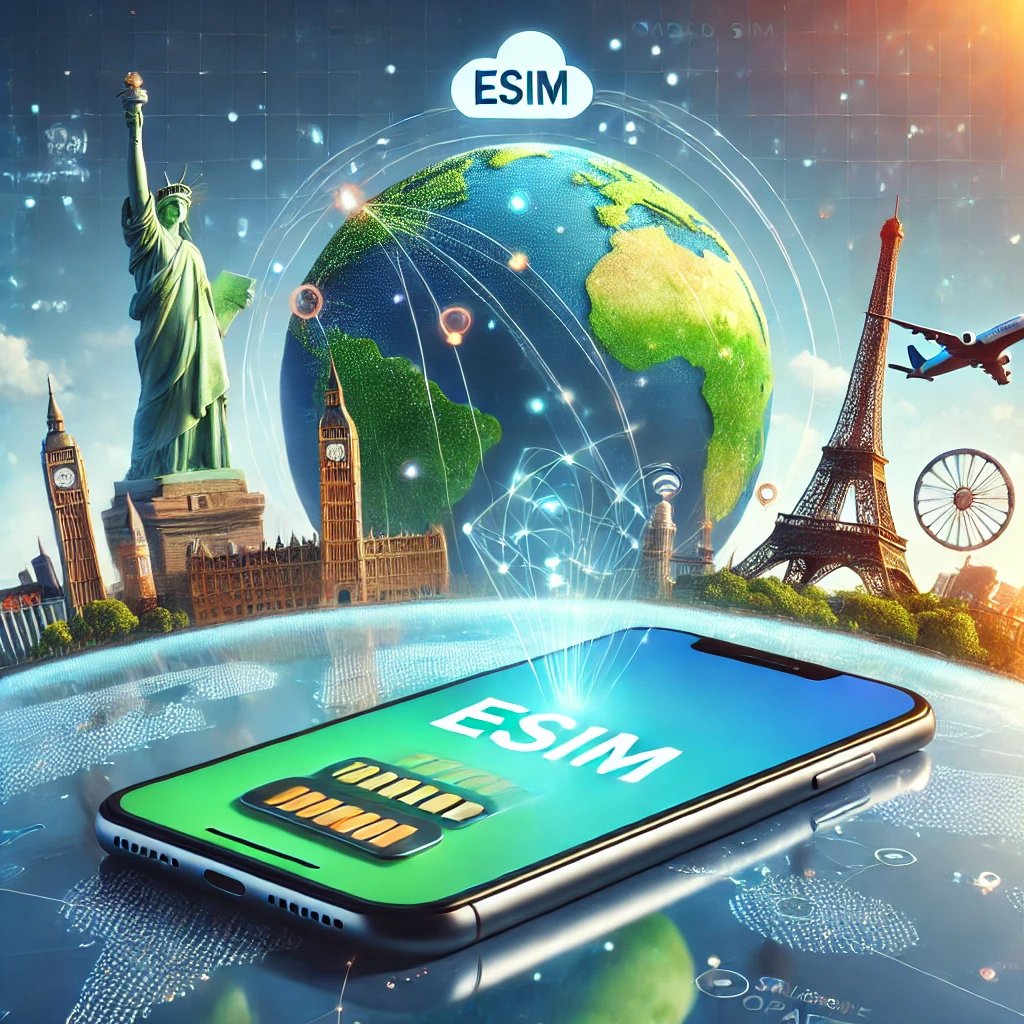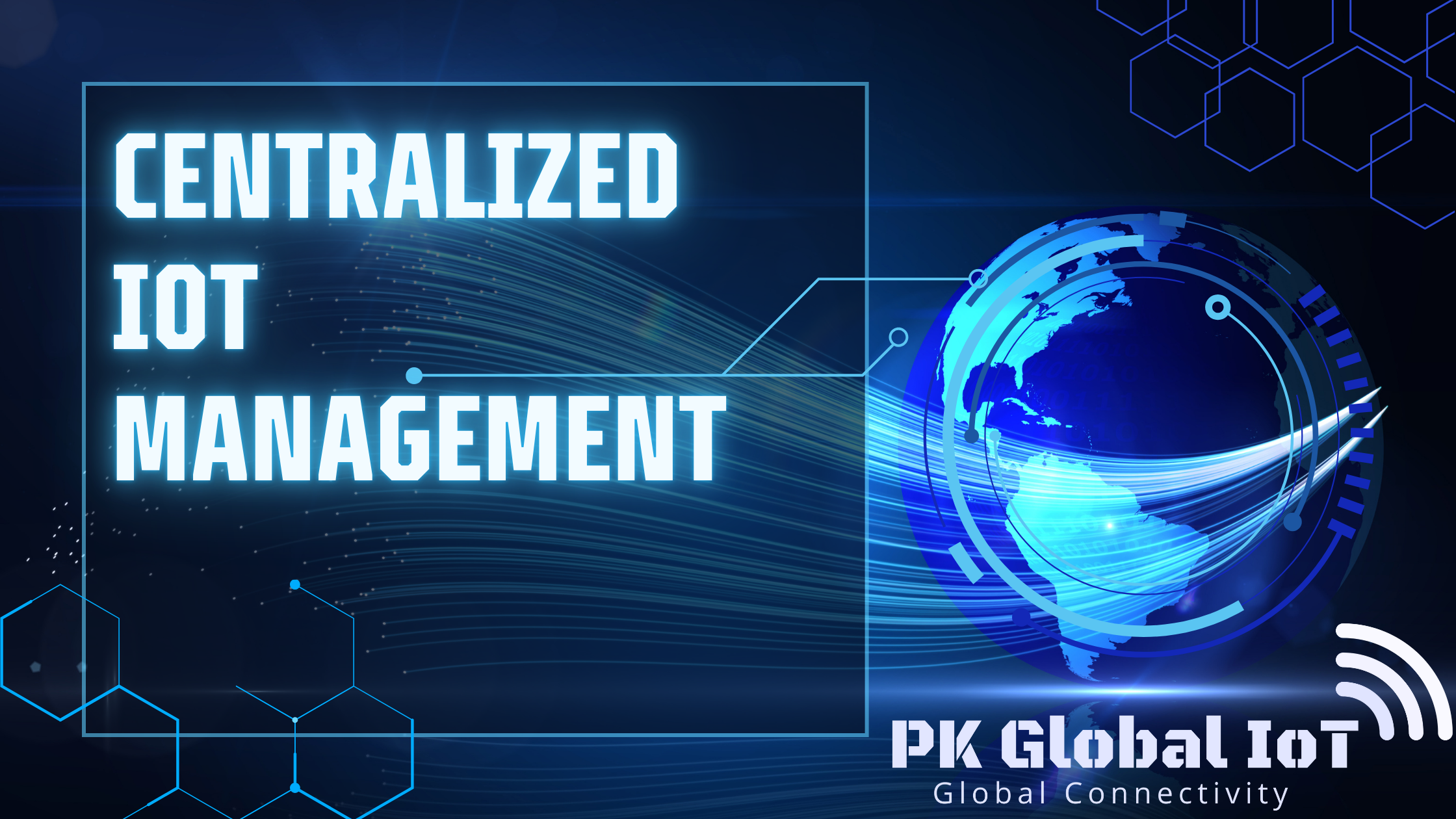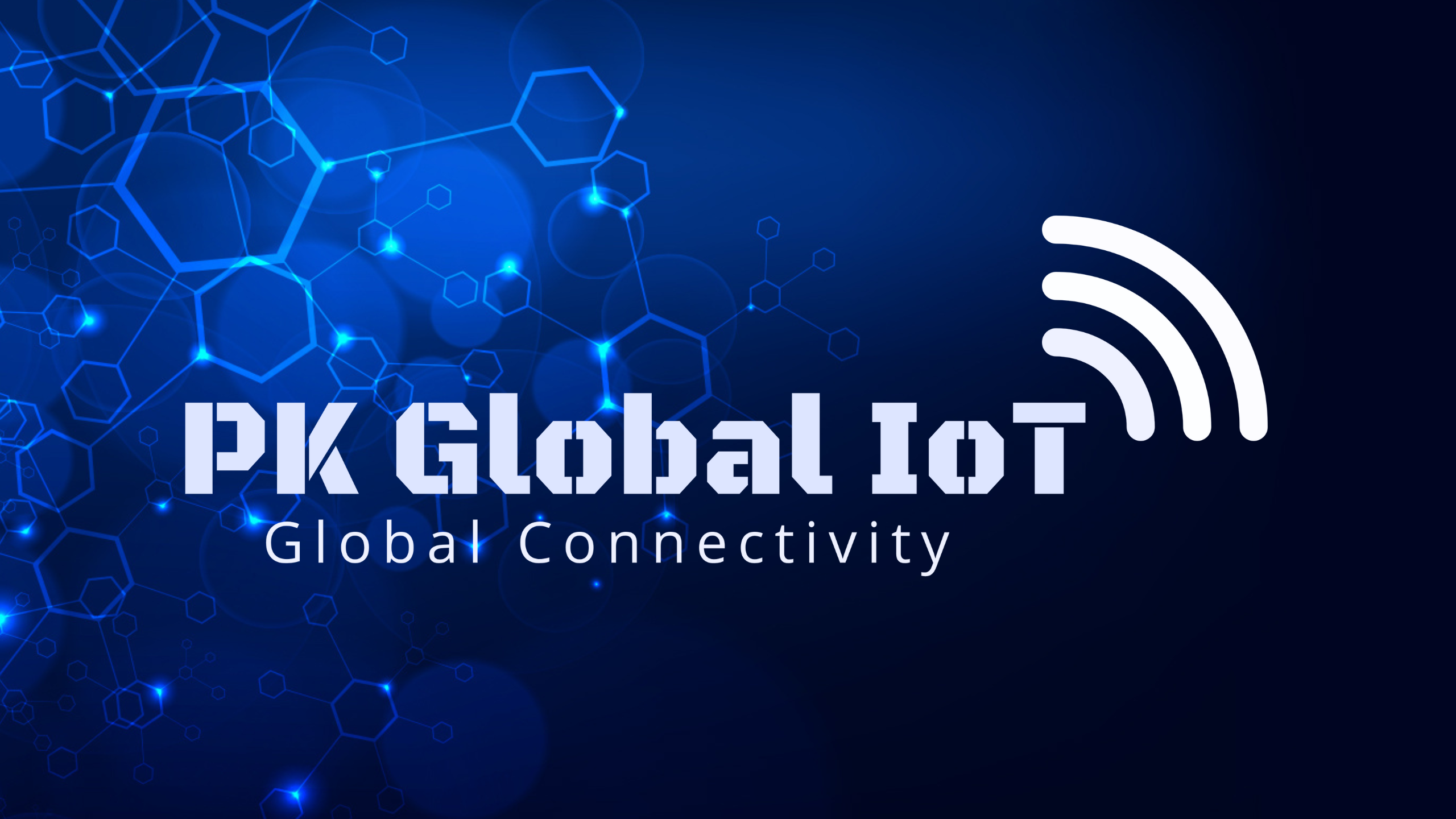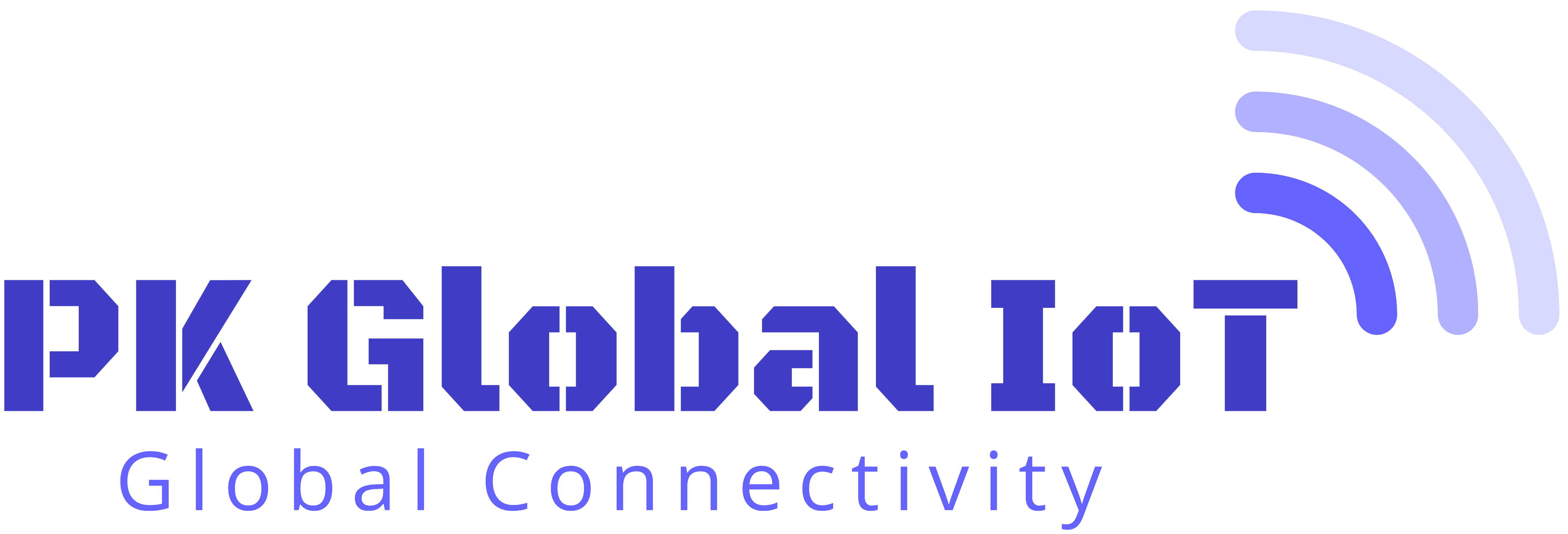In the fast-paced landscape of the Internet of Things (IoT), connectivity is the lifeblood that fuels innovation and drives progress. As the world moves towards advanced technologies like 4G and 5G, the impending shutdown of 2G and 3G networks poses both challenges and opportunities for the IoT ecosystem. In this blog, we’ll explore how businesses and individuals in the IoT world can prepare for the inevitable transition away from legacy networks and embrace the next generation of connectivity.
The Impact of Network Shutdown on IoT
For years, 2G and 3G networks have served as the backbone of many IoT deployments, providing reliable connectivity for a wide range of devices and applications. From smart meters and industrial sensors to fleet tracking systems and healthcare monitors, countless IoT devices rely on these legacy networks to transmit data and communicate with central servers.
However, as telecom operators worldwide announce plans to sunset their 2G and 3G infrastructure, the IoT landscape faces a significant upheaval. Devices that rely exclusively on these networks will soon lose their ability to connect, potentially disrupting critical operations and rendering existing IoT solutions obsolete.
Steps to Prepare for the Transition
While the shutdown of 2G and 3G networks presents challenges, proactive planning and strategic investments can help mitigate risks and ensure a smooth transition to alternative connectivity solutions. Here are some steps that businesses and individuals in the IoT world can take to prepare:
1. Assess Device Compatibility
The first step is to conduct a thorough inventory of IoT devices deployed in your network and determine their compatibility with alternative network technologies. Devices that rely on 2G or 3G connectivity may need to be replaced or upgraded to support newer standards like 4G LTE or NB-IoT.
2. Evaluate Network Options
Explore alternative connectivity options that align with the specific requirements of your IoT applications. Depending on factors such as data bandwidth, coverage area, and power consumption, you may choose to migrate to 4G LTE, Low-Power Wide-Area Networks (LPWANs) like NB-IoT or LTE-M, or even emerging technologies like 5G.
3. Plan Network Migration
Develop a comprehensive migration plan that outlines the timeline, costs, and resources required to transition from 2G and 3G networks to newer technologies. Consider factors such as device provisioning, network infrastructure upgrades, and integration with existing systems to minimize disruption and ensure a seamless transition.
4. Invest in Future-Proof Solutions
When upgrading IoT devices and infrastructure, prioritize solutions that are designed to be future-proof and adaptable to evolving connectivity standards. Look for vendors and partners that offer flexible, scalable platforms capable of supporting multiple network technologies and protocols.
Leveraging PK Global IoT for a Smoother Transition
Navigating the transition away from 2G and 3G networks in the IoT world can be daunting, but with the right expertise and support, businesses can seize the opportunity to modernize their operations and unlock new possibilities for innovation. PK Global IoT stands ready to assist organizations at every stage of their journey, offering a comprehensive suite of services and solutions tailored to the unique needs of the IoT ecosystem.
From network infrastructure design and deployment to device management and data analytics, PK Global IoT provides the expertise and capabilities needed to ensure a smooth transition to next-generation connectivity. By partnering with PK Global IoT, businesses can future-proof their IoT investments and stay ahead of the curve in an increasingly connected world.
Embracing the Future of IoT Connectivity
As the sun sets on 2G and 3G networks in the IoT world, it’s essential for businesses and individuals to embrace the future with confidence and preparedness. By taking proactive steps to assess device compatibility, evaluate network options, plan migration strategies, and leverage the expertise of partners like PK Global IoT, organizations can navigate the transition successfully and unlock the full potential of next-generation connectivity technologies. Let’s embrace the future of IoT together and pave the way for a smarter, more connected world.





